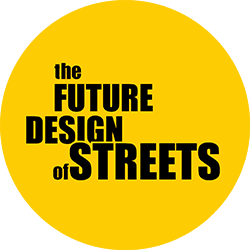School-Streets
School-streets restrict motor traffic around schools during peak times to improve road safety, air quality, and accessibility. As part of the child friendly cities movement, they encourage active travel—walking, cycling, and public transport—while supporting children’s independence and fostering community connections.
School-streets align with global initiatives, such as the United-Nations’2030 Sustainable-Development Goals, the child-friendly cities movement, and experimental urban design strategies like tactical-urbanism. Often introduced as temporary pilot projects using low-cost interventions like traffic signs, bollards, and road markings, school-streets allow municipalities to assess their impact before transitioning to permanent solutions. These temporary measures evolve incrementally through tactical urbanism principles, allowing communities to experiment with small changes before committing to more permanent redesigns.
One of the key features of school-streets is the restriction of motorised traffic during school hours, creating car-free zones where children can move freely and independently. This approach not only encourages children to reclaim the streets for play, socialising, cycling, and walking but also fosters healthier lifestyles and active travel to school. In this way, school-streets align with the Child-Health-Initiative by 2030, addressing urban issues such as physical inactivity, stress, air pollution, noise, and road danger.
The design and implementation of school-streets can vary significantly depending on the urban context and street morphology. Successful projects often showcase creativity, strong leadership, integrated planning, and active community involvement. For instance, in Copenhagen, a school-street was transformed into an extended playground, prioritising children’s play, while in Barcelona and Tirana, part of the road was removed to create more space for children, retaining one lane for vehicles with speed limits of 20-30 km/h. In Paris, school-streets have been fully pedestrianised and enhanced with greenery to mitigate climate change. Similarly, in Vienna, school-streets are part of the Super-block strategy, which focuses on prioritising pedestrians and car-free spaces.
School streets are not merely interventions aimed at improving the immediate physical environment around schools; they represent an emerging urban model with the potential to reshape how cities conceptualise and implement mobility, equity, and safety across multiple scales. These initiatives provide a framework for reconfiguring streets as inclusive, accessible, and safer public spaces—not only in the vicinity of schools but also at the neighbourhood level.
Moreover, school streets constitute a compelling field of study, as each city adopts distinct design approaches and policy strategies shaped by its socio-spatial and cultural context. These interventions embed child-centred principles into the urban fabric, positioning schools as active interfaces between educational and civic life. By opening schools more directly to the city, school-street projects symbolically and materially reinforce the value of knowledge, education, and collective participation in urban governance. Ultimately, they demonstrate how child-focused urban design can foster more inclusive, engaged, and prosperous urban futures.
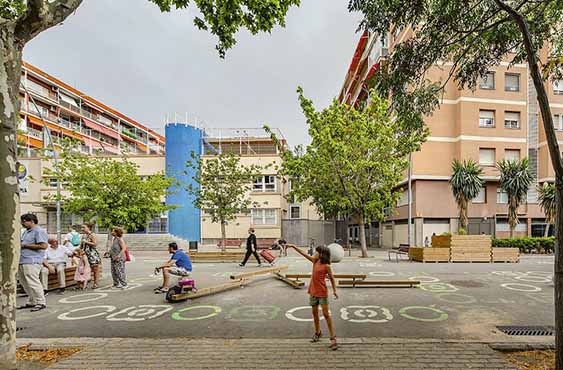
Protegemos as Escolas
Carrer de Fígols, Barcelona, Espanha
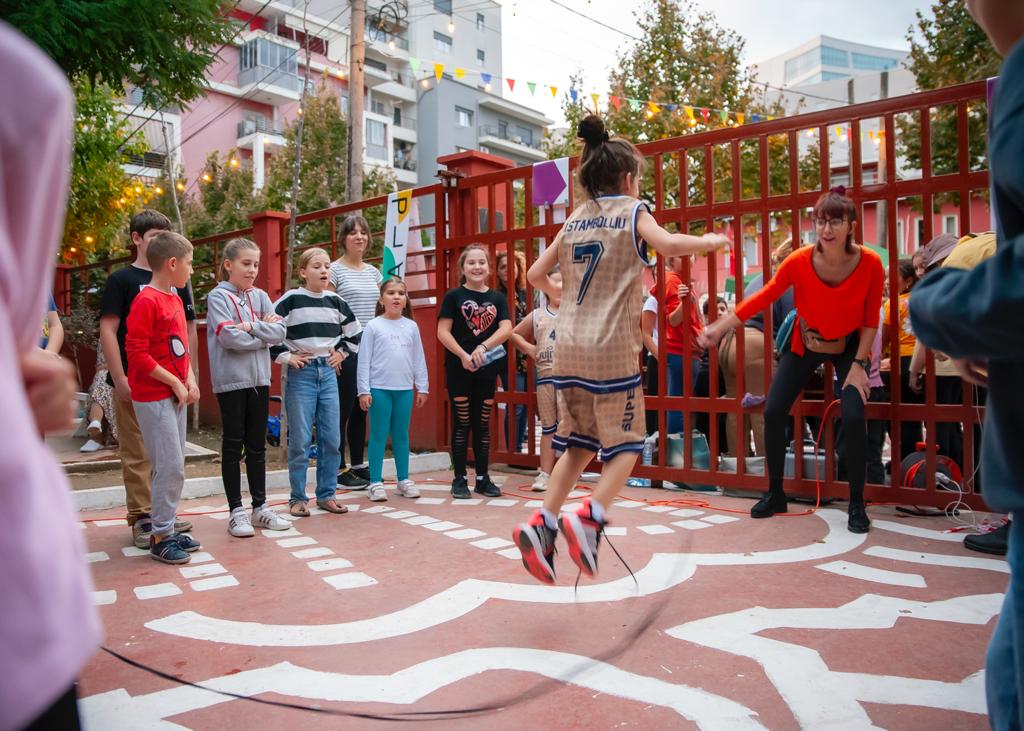
Rruget Per Fermijet
Rruga Frosina Plaku, Tirana Albânia
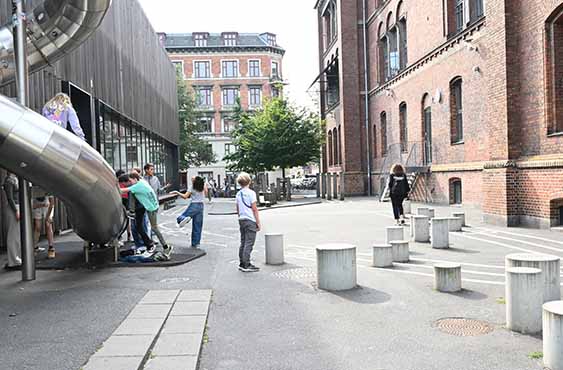
Hjertezoner
Tove Ditlevsens Plads – Frederiksstadsgade, Copenhagen, Denmark
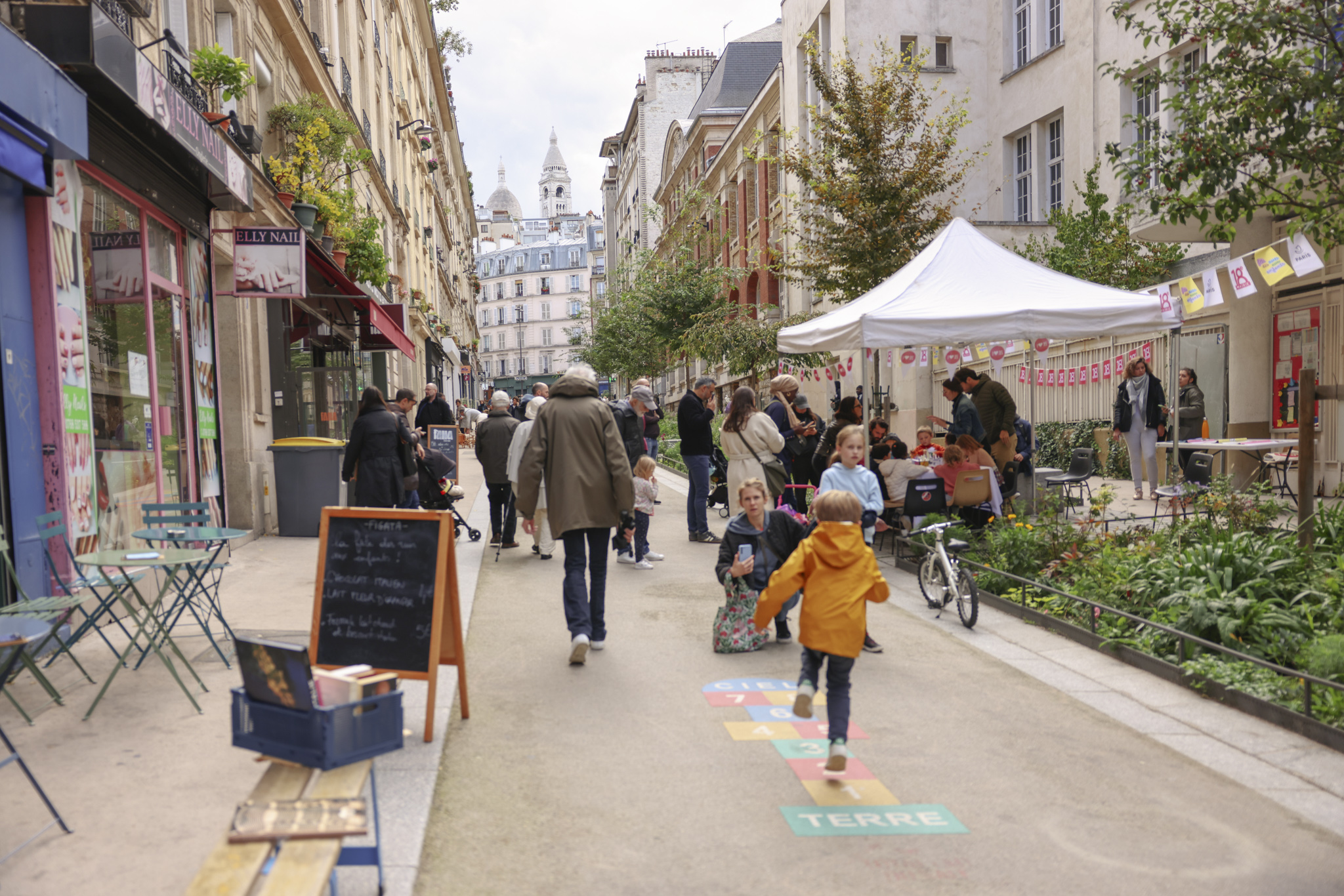
Rue aux Écoles
Rue Ferdinand-Flocon, Paris France
